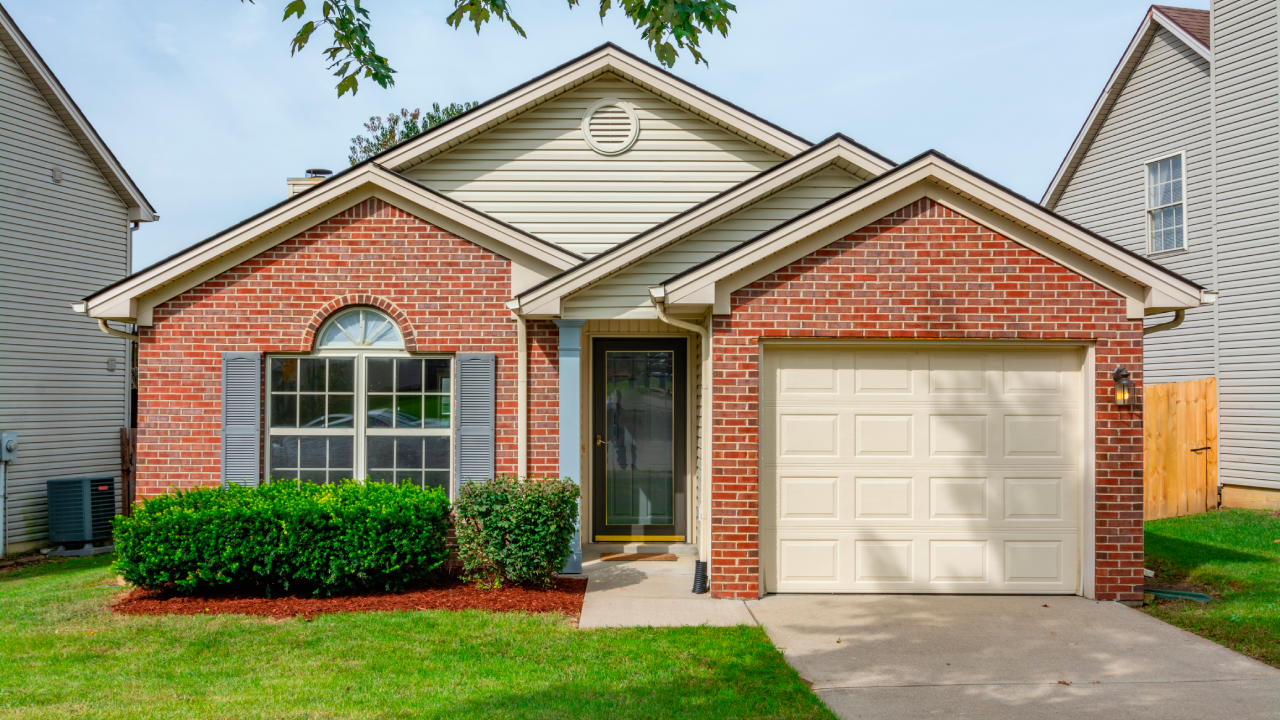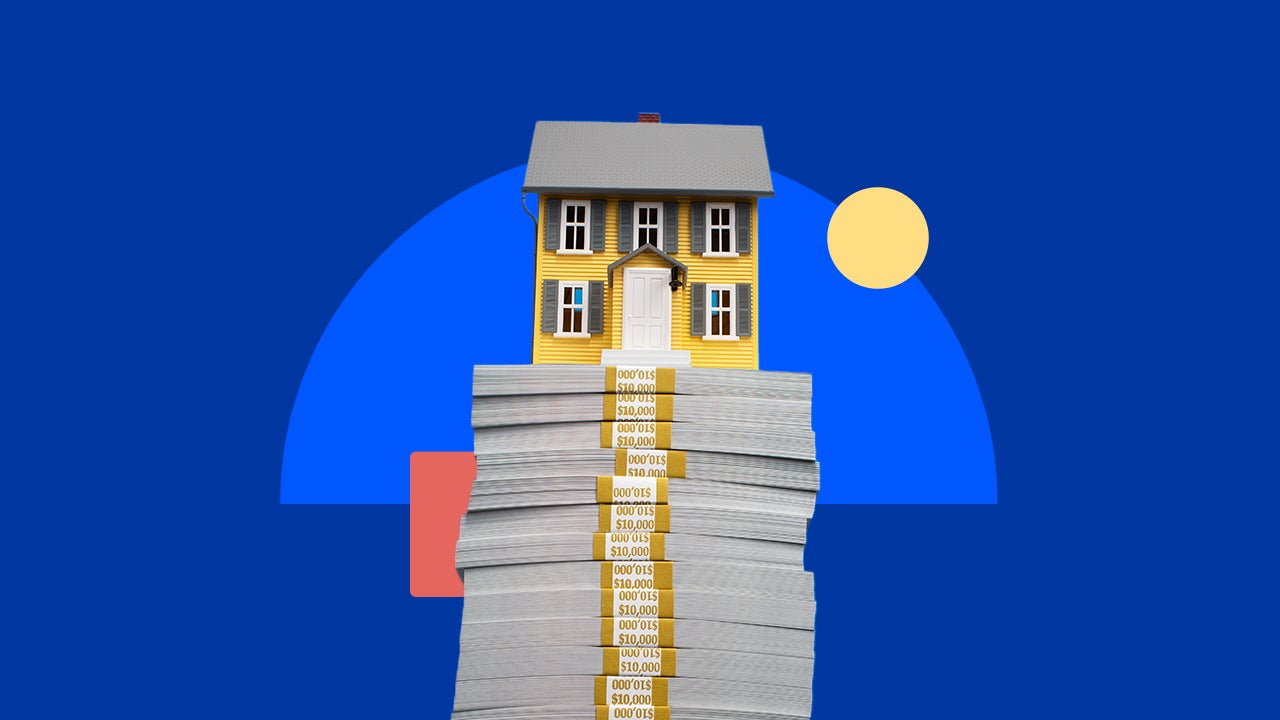Mortgage rates reach 8%, a first since 2000

What to know
- Alongside a surge in 10-year Treasury yields this week, the interest rate on a 30-year mortgage is now averaging 8 percent for the first time since 2000.
- The uncertainty around the Israel-Hamas war and other factors spurred the 10-year Treasury — the key benchmark for 30-year mortgages — toward 5 percent as of Thursday.
- Many mortgage lenders have been quoting rates higher than 8 percent, even as they've struggled to drum up business for much of this year.
The average 30-year fixed mortgage rate touched 8 percent on Thursday, according to Bankrate data, a level not seen since the year 2000.
Over the past several weeks, the 30-year rate has been on the cusp of 8 percent, backed off, then picked up steam again — a confounding pattern somewhat atypical of this time of year, when home sales and mortgage activity begin to slow.
Why mortgage rates are so high
There are several variables that have prompted the 30-year rate’s march toward 8 percent:
- The 10-year Treasury yield: The rates on fixed-rate mortgages are tied to the yield on 10-year Treasury notes. When this bond yield goes up, so do mortgage rates, with a margin. In general, higher yields signal confidence in the economy. If investors foresee trouble, they’ll buy lower-risk Treasurys, which drives down yields and, in turn, fixed mortgage rates. Against that grain, the yield has risen rapidly as of late, inching toward 5 percent as of Oct. 19, due partly to economic uncertainty and the Israel-Hamas war.
- The Federal Reserve: The Federal Reserve sets the federal funds rate, the rate at which banks loan to each other overnight to maintain Fed reserve requirements. While this rate isn’t directly linked to the 30-year mortgage, when the Fed raises it, borrowing costs across the board rise. The central bank has been increasing this rate for some time to control inflation.
- Inflation: Inflation can buffet mortgage rates up or down, and lately it’s the latter. When inflation is too high, investors demand higher bond yields, which pressures mortgage pricing overall. (Your lender, on the other hand, might price loans lower to attract borrowers coping with elevated expenses.) The September Consumer Price Index came in at 3.7 percent, above the Federal Reserve’s target of 2 percent.
The interplay between these factors has brought on a surge in the 10-year Treasury, along with mortgage rates at 23-year highs.
“Typically when global events are uncertain and tumultuous, as what’s taking place in the Middle East, money flows into bonds and rates are a beneficiary,” says James Sahnger of Jupiter, Florida-based C2 Financial Corporation. “Today though, inflation has not shown signs of pulling back and continued excess spending in Washington is not helping. For rates to start showing some relief, we will have to see sustainable declines in economic data.”
Of course, some borrowers were already receiving rates above 8 percent, depending on factors like their credit score and finances, location and loan type. As of Thursday morning, Bank of America, Pennymac, Rocket Mortgage and others were advertising APRs higher than 8 percent, some even over 8.5 percent.
Americans recently cited high mortgage rates, rather than high home prices, as the No. 1 reason to hold off on buying a home, according to Fannie Mae’s Home Purchase Sentiment Index.
Indeed, many homeowners aren’t selling because they’re locked in at lower rates, and many buyers aren’t purchasing because of higher rates and prices, compounded by limited choices on the market.
Home sales were down by 2 percent year-over-year in September, according to the National Association of Realtors (NAR).
“As has been the case throughout this year, limited inventory and low housing affordability continue to hamper home sales,” says Lawrence Yun, NAR chief economist. “The Federal Reserve simply cannot keep raising interest rates in light of softening inflation and weakening job gains.”
Have mortgage rates hit their peak?
The average monthly payment on a 30-year mortgage has increased substantially in the last two years. While home prices have been out of reach for many for some time, mortgage rates only began rising in 2022, following a period of rock-bottom rates during the pandemic.
Now at 8 percent, the average monthly payment has increased to $2,806 based on the latest reported median home price — a 91 percent increase over 2021.
Is 8 percent the ceiling, though? Some forecasters are calling for rates to decrease by year-end. The Mortgage Bankers Association currently expects the 30-year rate to land at 7.2 percent, up from an estimate of 6.6 percent a month ago. Fannie Mae researchers predict 7.3 percent.
“I never call tops or bottoms except to say that if we haven’t seen the top, we are very close to it,” says Joel Naroff, president of New Jersey-based Naroff Economics.
“Rates will eventually come down, but I don’t see it happening without some serious Fed intervention,” says Sean Salter, associate professor of Finance at Middle Tennessee State University. “Rates will continue to rise until there’s a significant reason to change the market’s mind.”





